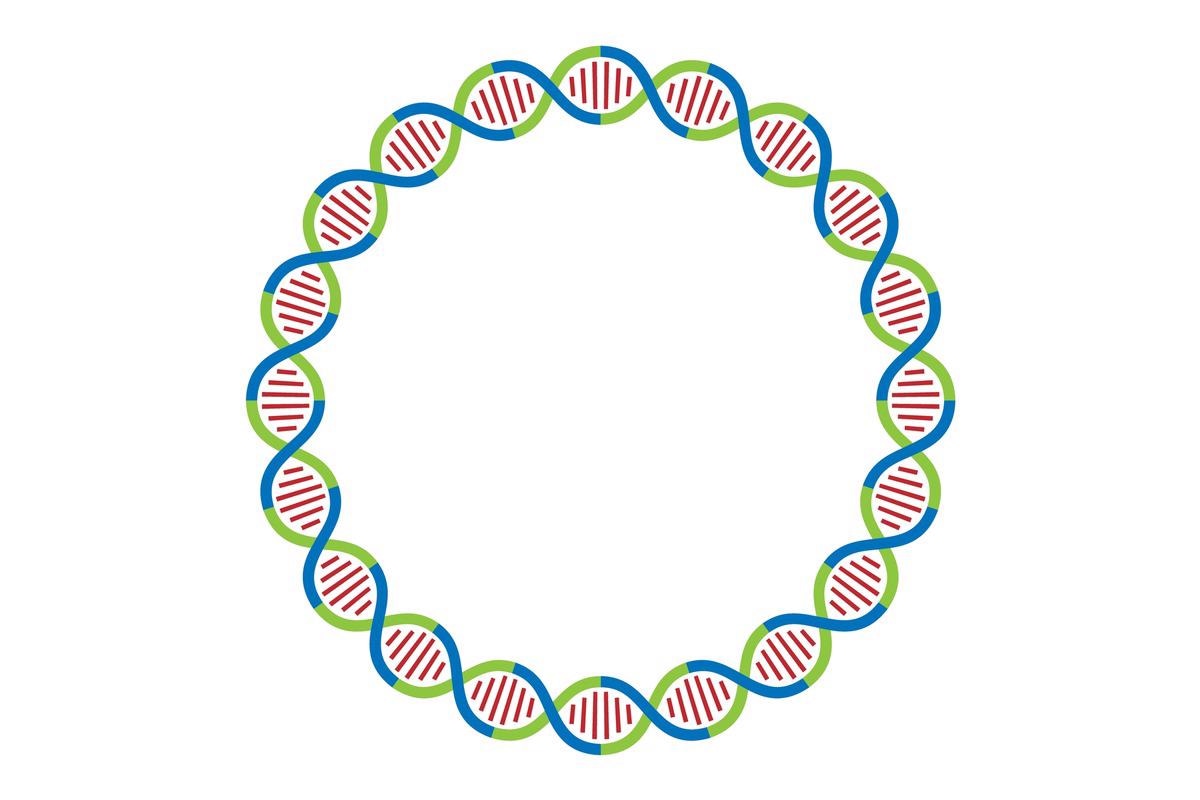In a recent study published in Molecular Therapy: Nucleic Acids, researchers produced artificial circular ribonucleic acid (circRNA) sponges in a permuted intron-exon (PIE) system and showed that these did not activate innate immunity.
 Study: What goes around comes around: artificial circular RNAs bypass cellular antiviral responses. Image Credit: Faithtree Studio/Shutterstock
Study: What goes around comes around: artificial circular RNAs bypass cellular antiviral responses. Image Credit: Faithtree Studio/Shutterstock
Background
Naturally occurring circRNAs are a class of non-coding RNAs abundant in nature, but their molecular functions are still unknown. When functioning as microRNA (miRNA) sponges, circRNAs regulate and neutralize endogenous miRNA levels. Accordingly, research on circRNAs has become increasingly important for medicinal and pharmaceutical scientific developments in recent years.
In one of their previous works, the authors developed a method for in vitro production and purification of artificial circRNA sponges (ciRS) as novel agents for miRNA inhibition. Using a hepatitis C virus (HCV) model, they demonstrated that artificial ciRS are capable of the sequestration of mature miRNAs to impair their biological functions. Subsequently, they produced proof of the concept that ciRS could target miR-21, one of the earliest identified oncogenic miRNAs. Studies in small animals have shown how artificial ciRS sequestrate miR-21 to inhibit tumor growth.
Overall, ciRS have emerged as a novel agent to inhibit miRNA activities in several human diseases, including cancers and viral infections.
Even messenger mRNA-based coronavirus disease 2019 (COVID-19) vaccines use an in vitro transcribed RNA. Hence it would be interesting to investigate whether therapeutic circRNAs trigger antiviral responses in host cells when delivered systemically. It is noteworthy that mRNA-based COVID-19 vaccines bypass cellular immunity for the success of their clinical application.
About the study
In the present study, researchers transfected A549 cells with the linear and circular miR-21 (liRS/ciRS-21-bu) and control RNAs (liRS/ciRS-21-rnd), following which performed transcriptome analysis via RNA sequencing to identify immune signaling pathways activated after transfection.
To increase the purity of the in vitro produced circRNA, they used polyacrylamide gel purification methods. At a specific polyacrylamide concentration during purification, circRNA spatially separated from other molecule species. They also performed differential gene expression analysis (DGEA) to identify differentially expressed mRNAs in transfected cells.
The team also created an extensively double-stranded circRNA (ciRS-21-ds) sharing the same basic structure as ciRS-21-bu and ciRS-21-rnd but containing a randomized self-complementary sequence of 50 base pairs (bp). Lastly, the researchers assessed the mRNA levels of upregulated genes identified by RNA sequencing in transfected cells using quantitative reverse transcription-polymerase chain reaction (RT-qPCR).
Study findings
Gene ontology (GO) enrichment analysis revealed the upregulation of several genes after treatment with ciRS-21-bu. Of these, six genes were related to the innate immune response, including chemokine ligand (CXCL) 1, 2, 3, and 8, as well as early growth response 1 (EGR1), interleukin 1 receptor-associated kinase 2 (IRAK2), and tumor necrosis factor receptor (TNFR) associated factor 1 (TRAF1).
Surprisingly, ciRS-21-ds also upregulated protein kinase R (PKR), a key RNA sensor in cellular immunity, thus suggesting that sequence composition and extensive secondary structure elements might play a role in the induction of the antiviral defense. Furthermore, DGEA data revealed that the transcriptome of cells transfected with ciRS/liRS-21-bu or ciRS/liRS-21-rnd was very similar.
The ciRS-21-ds showed a high-confidence base-pairing interaction within the sequence, with a maximum of 50 bps, resulting in a secondary structure formation. However, in vitro production was less efficient and adversely impacted the transcription efficiency, and altered the mobility within polyacrylamide-urea gels.
As observed in RT-qPCR, small amounts of ciRS-21-ds were sufficient to increase the mRNA levels associated with innate immunity signaling. However, A549 cells transfected with ciRS-21-bu required higher doses of the circRNA for a minimal upregulation of these mRNAs.
Conclusions
In 2017, Chen et al. proposed that exogenous circRNAs potently activated innate immunity when transfected into HeLa cells and that the viral RNA sensor retinoic acid-inducible gene-I (RIG-I) was necessary for its sensing.
Conversely, Wesselhoeft et al. demonstrated that exogenous circRNAs could bypass RNA sensors including RIG-I, thereby circumventing the induction of cellular antiviral defense mechanisms. They demonstrated that artificial circRNA-mediated immune activation critically relied on the in vivo and in vitro production strategy, purification method, RNA modifications, secondary structure, and the circRNA dosage administered. Still, there is a clear knowledge gap concerning the immunogenicity of artificial circRNAs produced in cell-free systems.
In the present study, the researchers analyzed the innate immune response of A549 cells treated with in vitro produced and polyacrylamide-urea gel purified artificial circRNA sponges. Interestingly, these circRNAs did not trigger the cellular innate immunity.
The study also demonstrated that nucleoside isomers and RNA modifications suppressed innate immunity in contrast to non-modified RNAs. It is noteworthy such an approach has been used to mask an RNA therapeutic from the innate immune system in the mRNA-based COVID-19 vaccines.
To conclude, an artificial circRNA or ciRS therapeutic could provide immunomodulatory effects. Hence, it could find potential applications in products that specifically require bypassing the innate immune system.
Journal reference:
Breuer J, Barth P, Noe Y, Shalamova L, Goesmann A, Weber F, Rossbach O. (2022). What goes around comes around: artificial circular RNAs bypass cellular antiviral responses. Molecular Therapy: Nucleic Acids. doi: https://www.sciencedirect.com/science/article/pii/S2162253122000932